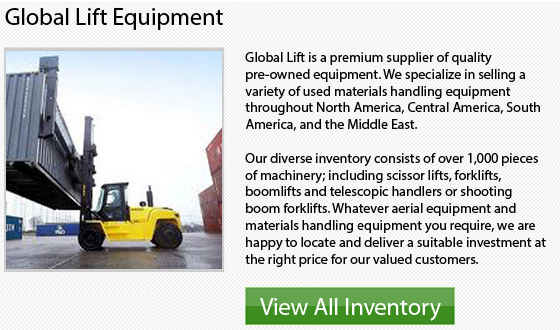
The counterbalanced forklift is a lift truck that utilizes a counter balance which is connected to the back end of the equipment. This counterbalance effectively balances loads which are positioned on the blades at the front end of the machine. This design is engineered to stabilize conventional forklifts. As far as electric counterbalance forklifts are concerned, the counterweight is formed by the battery itself.
Practically every forklift producer would have in their product range, a counterbalance forklift. These machines will come in a huge range of fuel sources, sizes and configurations. These forklifts could be designed with 4 or 3 wheels, or be fitted. They can work in various applications. These types of lift trucks are equipped with different types of accessories. Common attachments and options consist of: side shifts, hydraulic clamps, slip sheet attachments and fork shifts just to mention some items.
Counterbalance lift trucks have revolutionized the material handling industry. They have become the cornerstone of distribution and storage systems where they perform stacking, loading, unloading and horizontal transport functions. The standard warehouse lift trucks are usually used for lift heights under 20 feet or 6 meters. There have been some models recently designed that could lift to heights 9.5 meters or 31 feet. The smaller 1-1.8 ton or 4000 lbs. forklifts are the main workhorses within the majority of warehouses. These are the most popular units that the majority of small businesses will own. The average warehouse counterbalance forklift is a wide-aisle truck which requires roughly 11 feet or 3 meters to turn in.
Additionally, the counterbalanced forklift is not necessarily limited to warehouse environments. They are usually used for container carrying and heavy use along with basically every use in between. Counterbalance lift trucks are the most widely used and versatile of all materials handling equipment.
Because of their durability and versatility, counterbalance forklifts are commonplace in a huge array of working environments, including production, retail and warehousing. Several of the industrial use comprise: timber, automotive, chemical and food businesses.